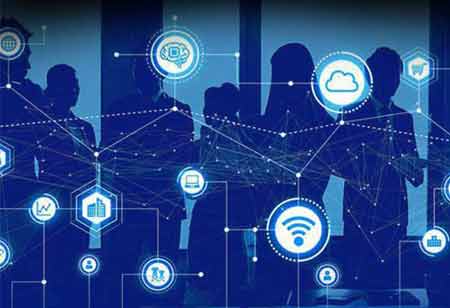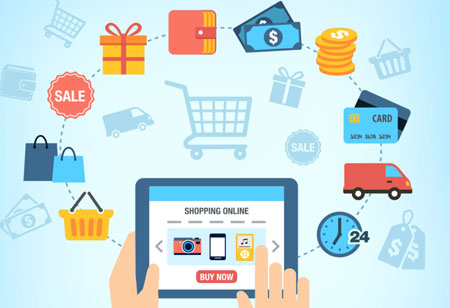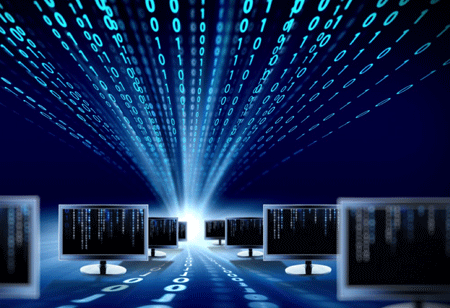THANK YOU FOR SUBSCRIBING
Advantages of Using Digital Twins for Building Products
One of the most rapidly evolving concepts of Industry 4.0 is digital twin technology. A digital twin is a virtual replica of a physical object that is run in a simulation environment to test its performance and efficacy.

By
Apac CIOOutlook | Tuesday, February 01, 2022
Stay ahead of the industry with exclusive feature stories on the top companies, expert insights and the latest news delivered straight to your inbox. Subscribe today.
Obtaining a real-time, in-depth view of a large physical system is frequently difficult, if not impossible. On the other hand, a digital twin can be accessed from anywhere, allowing users to remotely monitor and control system performance.
Fremont, CA: One of the most rapidly evolving concepts of Industry 4.0 is digital twin technology. A digital twin is a virtual replica of a physical object that is run in a simulation environment to test its performance and efficacy.
Let's look at the advantages of using a digital twin model:
Predictive Maintenance
Because IoT sensors in a digital twin system generate big data in real-time, businesses can analyze their data to proactively identify any system problems. This capability enables businesses to schedule predictive maintenance more precisely, improving production line efficiency and reducing maintenance costs.
Real-Time Remote Monitoring
Obtaining a real-time, in-depth view of a large physical system is frequently difficult, if not impossible. On the other hand, a digital twin can be accessed from anywhere, allowing users to remotely monitor and control system performance.
Faster Risk Assessment and Production Time
Companies can use a digital twin to test and validate a product before it even exists in the real world. A digital twin allows engineers to identify any process failures before the product goes into production by creating a replica of the planned production process. Engineers can disrupt the system in order to examine the system's reaction, synthesize unexpected scenarios, and identify mitigation strategies. This new capability enhances risk assessment, expedites the development of new products, and increases the reliability of the production line.
Greater Team Collaboration
Process automation and 24-hour access to system information enable technicians to concentrate more on inter-team collaboration, resulting in increased productivity and operational efficiency.
Improved Financial Decision-Making
Financial data, such as the cost of materials and labor, can be integrated into a virtual representation of a physical object. The availability of a huge amount of real-time data and advanced analytics allows businesses to make better decisions about whether or not to make changes to a manufacturing value chain.





